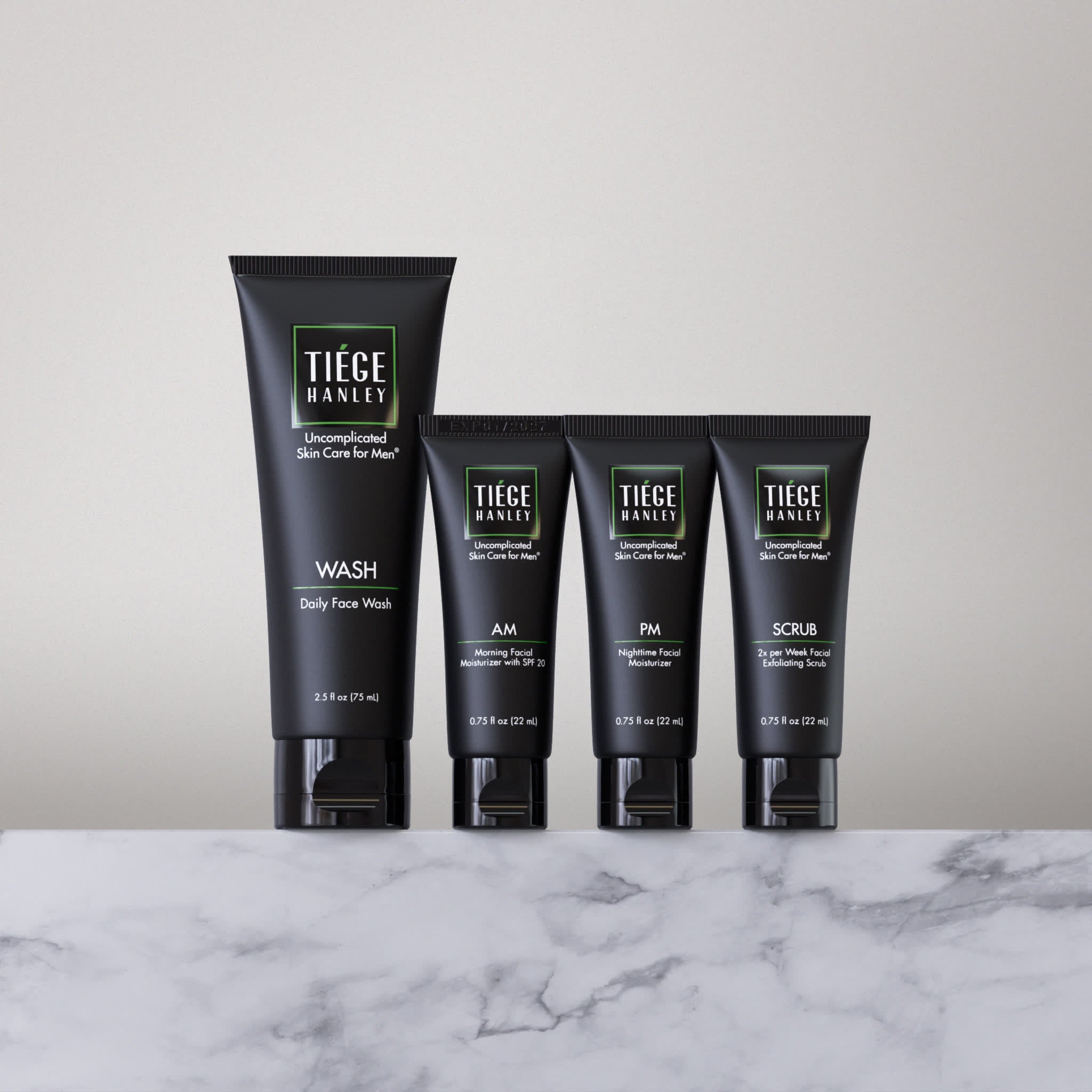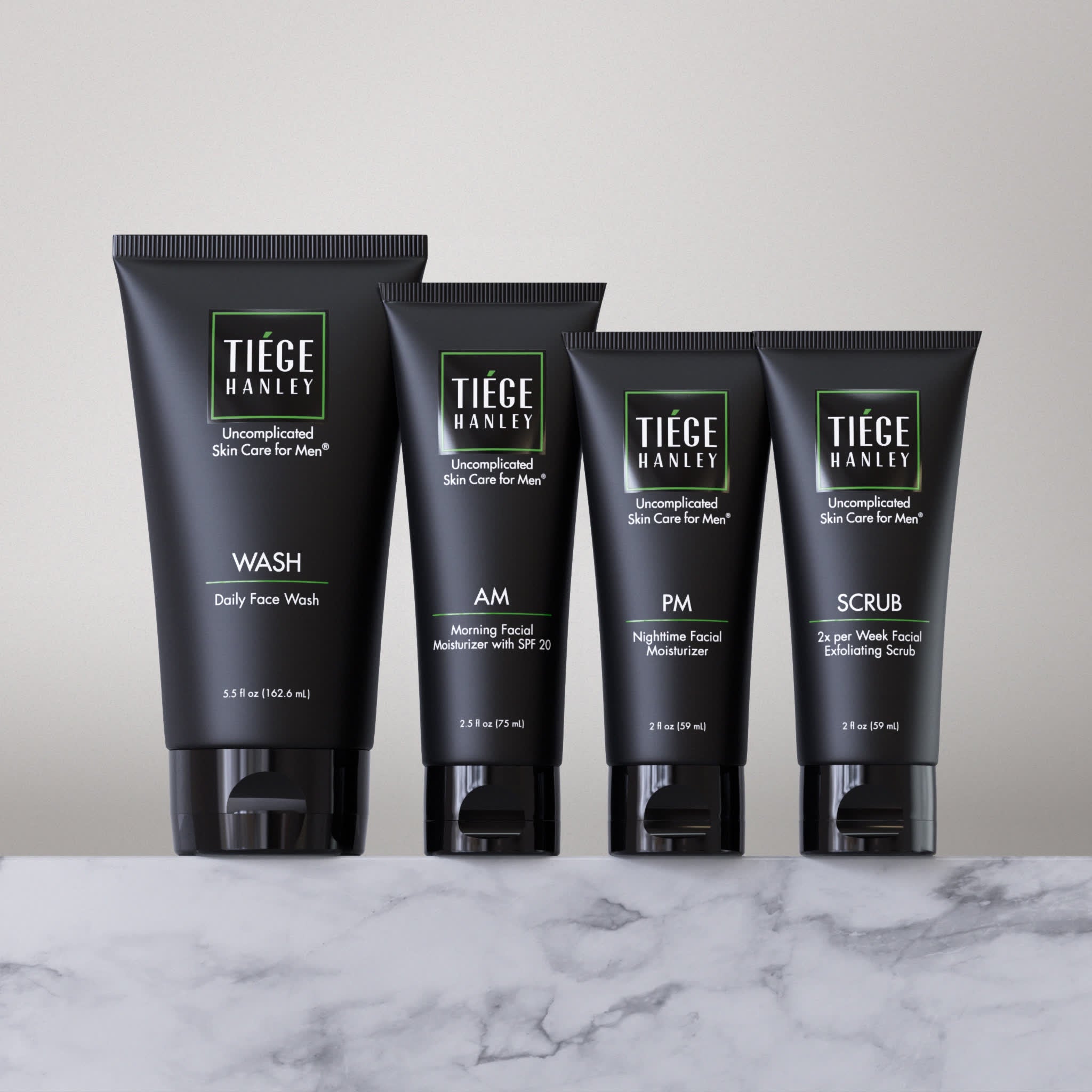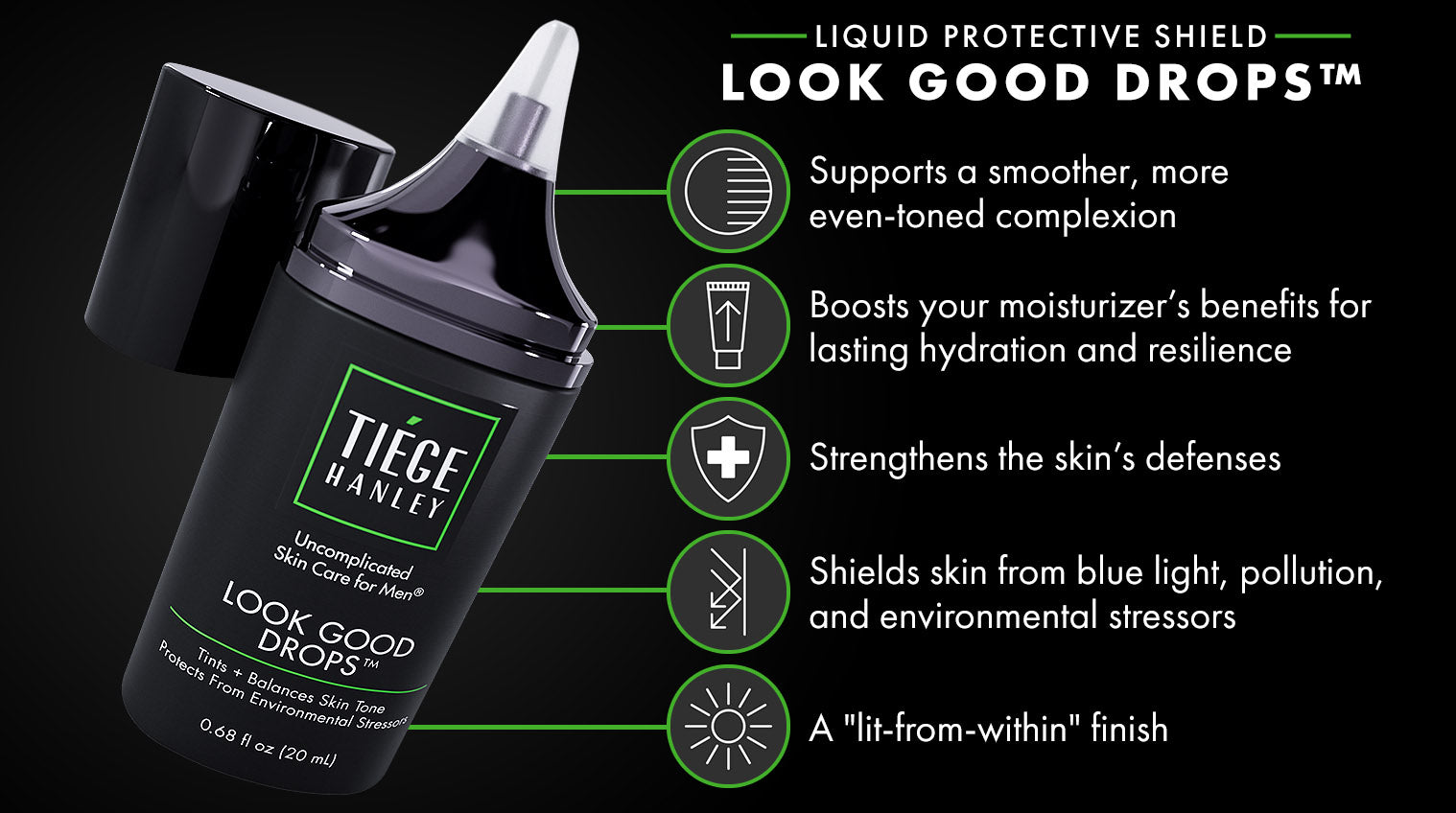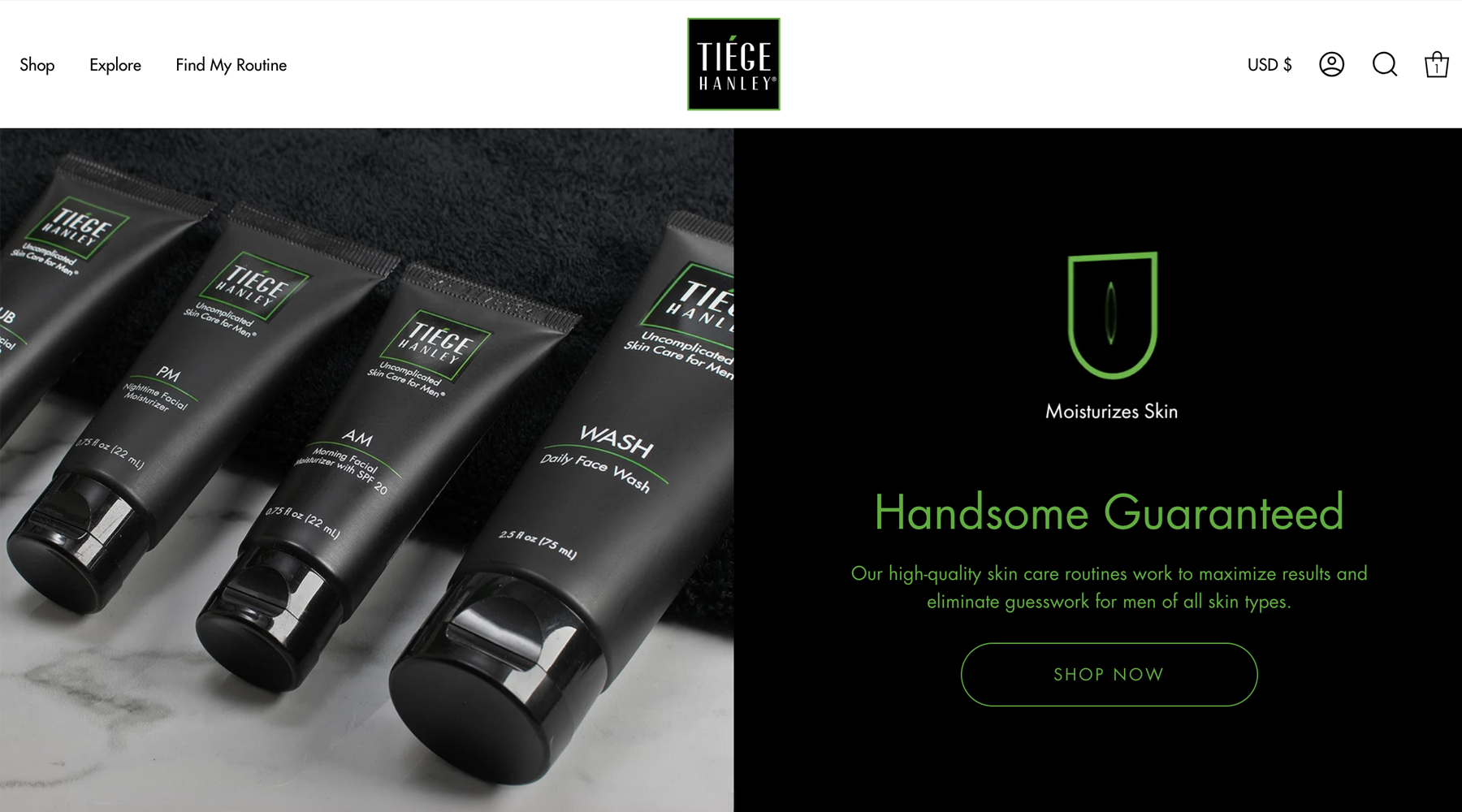Exfoliating your face consistently without overdoing it is an essential component of a good skin care routine. In addition to removing old, dead skin cells to let younger, fresher cells shine and make your face look more youthful and vibrant, exfoliation provides other benefits like improved blood circulation, treatment for ingrown hairs, improved pigmentation and fewer blemishes.
If you don’t exfoliate, your skin will look duller as dead skin cells present on the surface detract from brighter-looking skin that lies just underneath. While most see exfoliation as a way to quickly improve the skin’s appearance, legitimate long-term benefits also exist. Topical skin treatments become more effective because they can penetrate deeper once dead skin is gone as a barrier. Over time, exfoliated skin will also produce more collagen, yielding younger-looking skin for the long haul (See claim: Potential benefits of exfoliation paragraph.)
However, to derive any of these benefits, men need to exfoliate properly. Here’s our look at how to do just that.
TRY MEN’S SKIN CAREStep-by-step guide to exfoliating
- Think about how products work together: Some over-the-counter and prescribed medications can result in sensitive, peel-prone skin. This can be particularly true of prescription retinoid creams and products containing retinol or benzoyl peroxide. Exfoliating while using some of these products can be painful or even exacerbate dry skin and cause acne breakouts.
- Start using: After you finish rinsing off your face wash, dispense about a nickel size amount of exfoliating scrub onto your palm. Rub hands together to spread on both palms.
- Be gentle: Apply to your face gently for about 10 seconds using small, circular motions. When done, rinse off with lukewarm water and pat dry with a towel. Patting, instead of rubbing, is important because patting helps to avoid irritating the skin. Utilizing further common sense, do not exfoliate if you have open cuts or wounds or are getting over a sunburn.
- Moisturize as a follow-up: Since exfoliating can be drying to the skin, applying moisturizer immediately after can keep skin healthy and hydrated.
- Timing is everything: The skin type and exfoliation method will help dictate how often you do it. Over-exfoliation should be avoided, since it can lead to red, irritated skin. Tiege Hanley recommends using our Facial Exfoliating Scrub only twice per week.

Final Thoughts
Since exfoliating face washes are designed to exfoliate and cleanse the skin, other facial products will be rendered more effective once you’ve removed all old, dead skin cells.
On the timing front, you definitely don’t want to use an exfoliating face wash during every face-washing session. Again, that’s where using a range of products that work in tandem makes the most sense. Washing your skin twice each day with water and a gentle face wash will sync up with twice-weekly exfoliation.
By understanding the proper exfoliating technique and timing, not overdoing it and formulating a skin care regimen tailored to your needs, face exfoliation can be a seamless process in your quest to look and feel your best.








